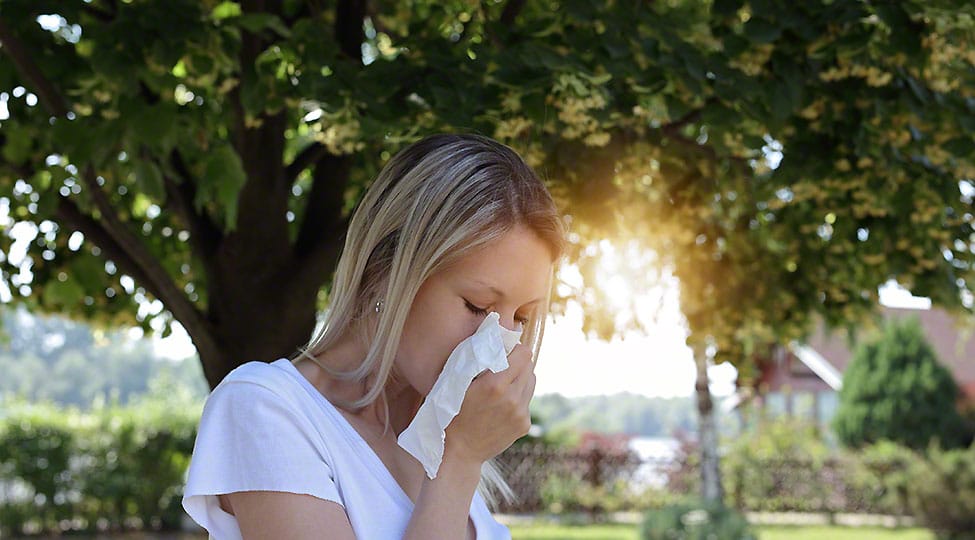
Seasonal allergy symptoms and treatments
According to allergy doctors – The most frequent is pollen which most people call it also spring allergy although there really are several distinct allergy triggers. Symptoms include runny nose, sneezing, nasal congestion and watery eyes. In other instances allergy activates by dust mites, some medicines and specific food can cause allergy symptoms which in this event you might need to visit an allergy facility for treatment. Dust allergies may trigger asthma symptoms and also allow it to be almost impossible to breathe, including wheezing, coughing in the chest and shortness of breath.
Strategies to face Seasonal Allergies
Why some people experience allergies have no idea but allergic reactions could be identified by your allergy doctor. Your allergist may request that you keep a journal that details your symptoms and what substances seem to cause them, if your symptoms are severe. Your doctor may choose to buy allergy tests to discover what exactly is causing your allergy.
Springtime is the time of year for seasonal allergies. The pollen is released into the environment along with as the trees start to blossom, allergy victims begin their annual ritual of sniffling and sneezing. Light winter temperatures could cause crops to pollinate early. A rainy spring bring about a rise in mold, creating symptoms to last well into the autumn and also can encourage rapid plant growth. Allergic reaction includes an exaggerated response of the system, generally to common substances including pollen or foods.
Springtime allergy symptoms
Some springtime allergies are severe and demand the attention of your local allergy doctor or alternative health care professional. For milder cases, though, home remedies may provide all of the relief you need, with relatively little expense or trouble. Without even knowing what they are sensitive to, or when they actually are afflicted by seasonal allergies that are authentic sometimes people treat allergy symptoms. Other allergens can also cause symptoms, while hay fever is a prime culprit this time of year.
You can develop spring allergies at any age, even if you didn’t have them as a kid. Although many people first develop allergies -adolescence, it is nonetheless fairly common for people to develop their very first spring time allergies post high school. For those who have recently moved from the city to the nation or vice versa sometimes a change in environment can trigger allergies. Pollen counts will be the maximum around midday, so that is also a good time to stay indoors. When allergen levels are generally high, staying inside and using other avoidance actions may be helpful. If this strategy tries, set to recirculate the air from flowing into your property so you decrease the amount of pollen and other outside allergens.
Springtime allergies and the best way to prevent
If you believe you have eye allergies, when you do go outside during allergy season, wear wraparound shades to assist shield your eyes from pollen, ragweed, etc., and push with your windows closed. Because eye allergies are so common, there are quite a few brands of non prescription eye-drops available that are invented to alleviate itchiness, redness and watery eyes brought on by allergies.
Most drugs function best if taken before pollen hits the atmosphere. When allergy treatment should be started by you, request your allergy specialist doctor. Before symptoms generally surface, therapy is recommended by some allergists about week. Work by means of your allergist to come up with a treatment strategy that’s right for the active life style and symptoms.
